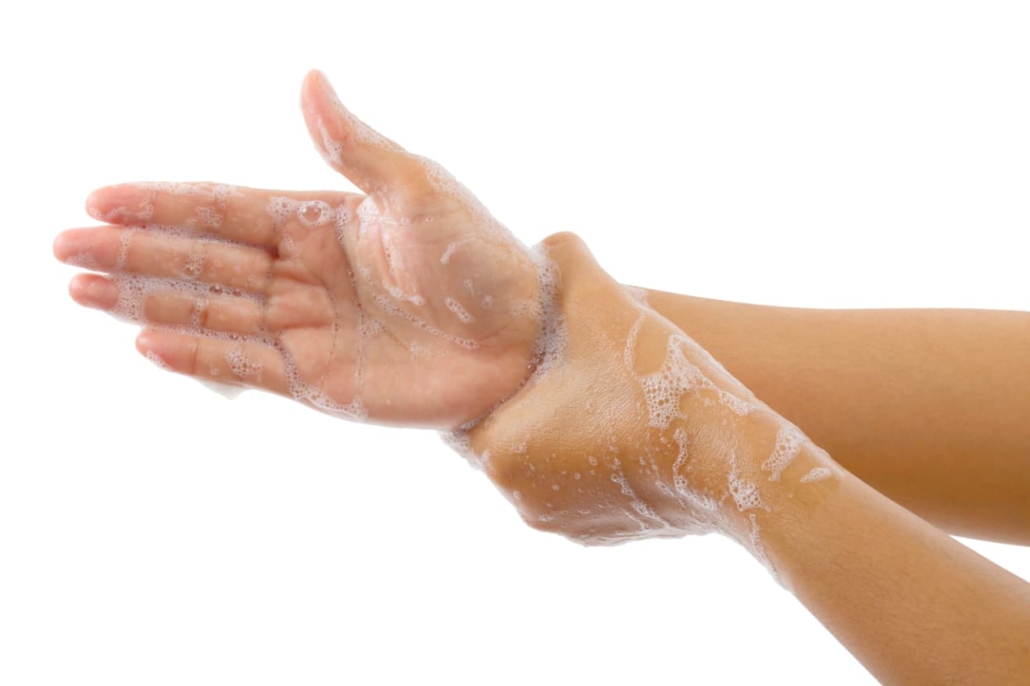Hospital hand hygiene monitoring requirements could be safely reduced, study finds
New research suggests that reducing mandatory hand hygiene observations from 200 to 50 per unit monthly would maintain data quality while freeing resources for targeted infection prevention initiatives.
Hand hygiene remains the cornerstone of hospital infection prevention, yet monitoring compliance has become increasingly resource-intensive. A groundbreaking study published in the American Journal of Infection Control on 19 December 2024 challenges current observation requirements, and could transform how healthcare facilities approach hand hygiene surveillance.
Research methodology
The comprehensive analysis, led by researchers at APIC’s Center for Research, Practice & Innovation, examined 390,371 hand hygiene observations collected throughout 2023 across 29 US hospital system facilities. The team conducted statistical comparisons of various sample sizes ranging from 25 to 150 observations against the current 200-observation standard, evaluating adherence within a 95% confidence interval.
Statistical validity demonstrated
The investigation revealed that 50 observations per unit monthly yielded statistically comparable results to the current requirement of 200 observations. This finding directly challenges the 2019 Leapfrog Group standard, which mandates 200 direct hand hygiene observations monthly per patient care unit, later modified to 100 observations for facilities meeting additional criteria.
Economic implications
For a typical 12-unit hospital, the current observation requirements consume between 67 and 127 hours monthly, representing annual costs of £28,500-£54,000 (US$36,288-$68,688). The proposed reduction to 50 observations could generate annual savings exceeding £39,300 (US$50,000), resources that could be redirected towards enhancing hand hygiene practices and reducing healthcare-associated infections.
Dr Sara Reese, lead investigator and Director of Research at APIC’s Center for Research, Practice & Innovation, emphasises the potential benefits: “Strong consideration should be given to reducing the required number of hand hygiene observations. If the participating hospitals were allowed to place less effort on meeting a specific hand hygiene observation number and more effort on feedback, training/education, infrastructure, and culture, they could potentially create a culture that fosters and encourages the importance of hand hygiene without the burden of the high number required for the monitoring domain.”
Future implications
The findings suggest that quality and safety standards organisations should re-evaluate their observation requirements. APIC President Tania Bubb notes that reducing mandatory observations would “alleviate the burden on infection prevention teams and hospitals, enhance the quality of reported data, and free up time and resources for meaningful performance improvement.”
The research presents compelling evidence that fewer observations can maintain statistical validity while enabling healthcare facilities to focus on implementing effective hand hygiene improvement strategies rather than meeting numerical targets.
Reference:
Reese, S. M., Knepper, B., & Crapanzano-Sigafoos, R. (2024). Right-sizing expectations for hand hygiene observation collection. American Journal of Infection Control. Published online December 19, 2024. doi: https://doi.org/10.1016/j.ajic.2024.11.017


